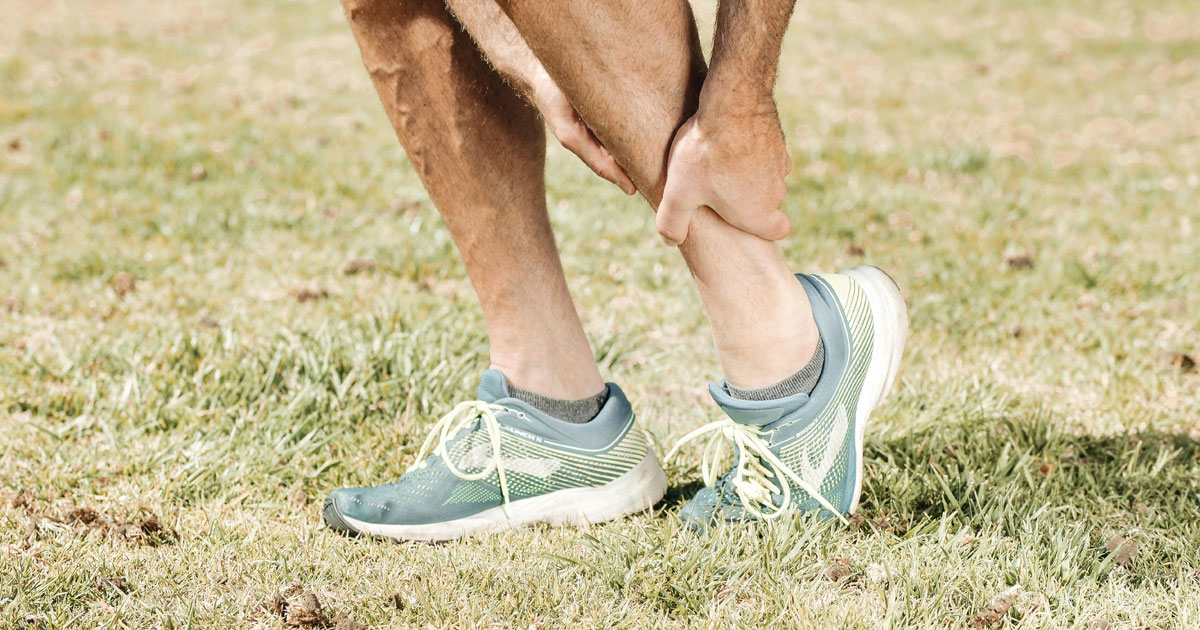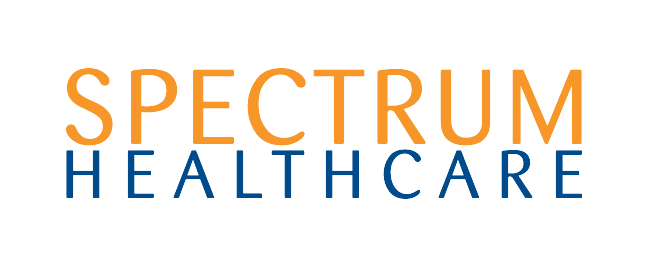
High Ankle Sprain: Understanding Syndesmosis Injuries
As discussed in a previous blog, we’ve all rolled our ankles before. More likely than not, if you have rolled your ankle, it would be a rolling in or rolling over the ankle, causing injury to the outside or lateral ankle structures. These fall under the category of low ankle sprains. Today, let’s talk about high ankle sprains and how they differ from the garden variety rolled ankle.
What is a High Ankle Sprain?
A high ankle sprain is a much less common injury and affects different anatomical structures than a low ankle sprain. High ankle sprains involve the ligaments connecting the tibia and fibula, the two bones of the lower leg, just above the ankle joint. This ligament complex is known as the syndesmosis. If you’re a fan of the NRL, chances are you’ve heard of this type of injury before. The syndesmotic ligaments help stabilise the distal tibiofibular joint. These ligaments include the anterior inferior tibiofibular ligament (AITFL), posterior inferior tibiofibular ligament (PITFL), interosseous ligament, and interosseous membrane.
How do Injuries Happen?
High ankle sprains typically occur due to forceful external rotation (outward rotation) and dorsiflexion (foot pointing up) of the ankle.
- Sports Injuries
I’ve referenced the NRL already, so continuing with the theme, these injuries occur across all football codes. Picture the hip-drop tackle, where a player falls on the side of your leg, creating inward pressure at the ankle while your ankle is turned outward. This classic mechanism of injury can also arise from other instances of force, such as during hockey, netball, basketball, tennis, and other sports that involve stepping, pivoting, or contact with the lower body. - Trauma
A direct impact to the ankle or an awkward fall that forces the foot into an externally rotated and dorsiflexed position can cause a syndesmosis injury. - Improper Footwear
This is a fine line because shoes lacking adequate support and shoes with excessive traction can both cause injuries. Insufficient traction is a concern; slipping and sliding, along with the high-speed forces of sport, can lead to various injuries, including syndesmosis sprains. However, with shoes that have too much traction, we see issues in grass sports again. When the studs or sprigs in a football boot are too long and a player changes angles or finds themselves in an unfortunate contact situation, they can become stuck in the grass, preventing the player’s ankle from moving properly. These scenarios often coincide with sports injuries.
Risk Factors
Whilst these injuries are rare, there are certain factors which increase the likelihood of a high ankle sprain:
- Previous Ankle Injuries
A history of ankle sprains weakens the joint, making it more susceptible to syndesmosis injuries. - High-Impact Sports
Athletes in contact or high-intensity sports are at greater risk due to the physical demands. - Poor Conditioning
Poorly conditioned ankle muscles, reduced flexibility, or inadequate proprioception (balance and spatial awareness) can predispose to injury. - Foot Biomechanics
Abnormalities such as flat feet or high arches may change ankle mechanics, increasing stress on the syndesmosis.
Conservative Treatment Options
So what can Spectrum do for you if you sustain a high ankle sprain? Most high ankle sprains, particularly Grades I and II, can be managed conservatively with a combination of rest, physiotherapy, sports chiropractic care, and rehabilitation therapies aimed at reducing pain, restoring stability, and regaining full function. Here’s how we can achieve this, using tools our in-house Sports Chiros and Physios have at their disposal:
- Sports Massage and soft tissue therapies
These include massage, cupping, and dry needling, which all work to reduce the pain and swelling of the affected area. Lowering the sensitivity of an injured area can have great benefits, including the ability to perform rehabilitation and reconditioning exercises effectively. - Taping or Bracing
Taping to support the ankle during rehabilitation and early return to play is a viable option for these injuries, and it is something that Spectrum clinicians are well trained to provide. - Immobilisation
In high-grade cases, a walking boot or brace may be used to stabilise the ankle and protect the ligaments, but this is not always a necessary precaution. - Joint Mobilisation
Gentle mobility techniques to restore ankle and foot joint mobility and reduce compensatory stress on the syndesmosis are another key component to returning to play and normal functions. - Rehabilitation and reconditioning
Supervised gradual transition to full weight-bearing, strengthening, proprioceptive conditioning and functional training. To return to play or return to your previous level of function, it is crucial to recondition tissues and systems that have suffered injury, as some of these functions may have been lost or diminished. This is also a key step in preventing re-injury, and should be guided by a professional Spectrum Physio or Sports Chiropractor.
Non-Conservative Treatment Options
Severe Grade injuries or cases with persistent instability may require surgical intervention.
Where we (Spectrum) fit in is referring you to our network of trusted surgeons and in your post-operative care. Following surgery, patients follow a structured rehabilitation program similar to conservative care, guided by a joint team of your surgeon and Spectrum professionals.
Preventing Re-Injury
To minimise the risk of future high ankle sprains:
- Strengthen Ankle Muscles
Regular exercises targeting the calf, peroneals, and tibialis muscles. - Improve Proprioception
Incorporate balance training (e.g., wobble boards) into routines. - Wear Proper Footwear
Choose sport-specific shoes with adequate ankle support. - Warm Up Thoroughly
Dynamic stretches and mobility drills before activity.
By following a structured rehabilitation plan and adhering to return-to-play guidelines, patients can safely resume their activities with reduced risk of re-injury. For questions or guidance regarding High Ankle Syndesmosis injuries, speak to a Spectrum Healthcare professional who would happily share advice and strategies with you!
Contact the team at Spectrum Healthcare on (02) 9889 3344
